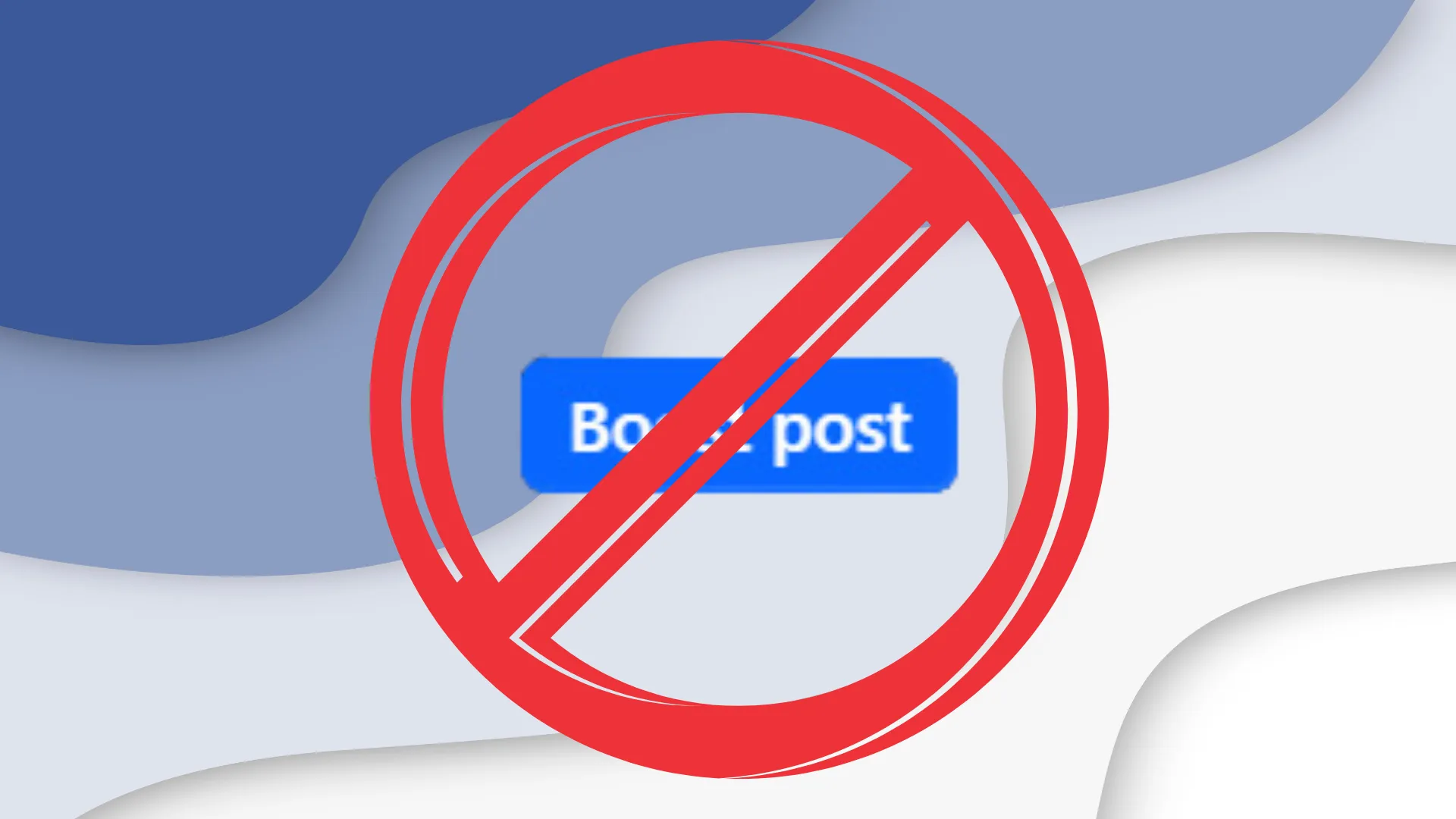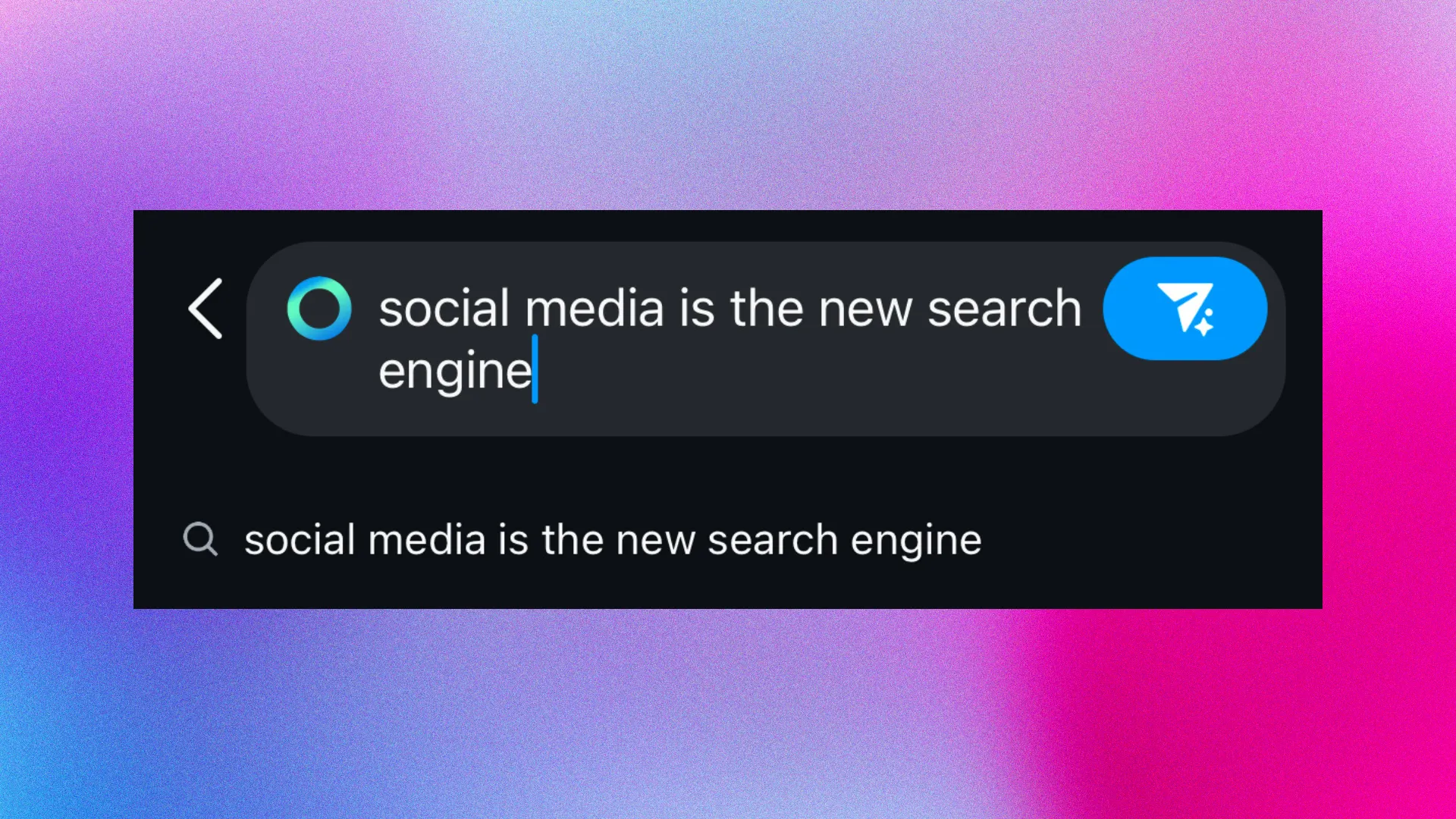Jim Collins once remarked that “Good is the enemy of Great,” suggesting that settling for good can prevent achieving greatness.
However, having no content at all is worse than having good content, making it crucial to create good content for social media today.
Many find the scattered and complex world of social media stressful when trying to create good content for their profiles. Creating good content for social media in Australia involves several key steps, we will explore each of them below.
Here Are The 6 Steps to Follow for Great Content
Index
Step 1 – Understand your audience.
Step 2 – Social media keyword research.
Step 3 – Content concept discovery.
Step 4 – Test out various networks.
Step 5 – Write your content schedule.
Step 6 – Review your metrics.
Take Action – How to create good content for social media.
Read on to learn how to make your 6 steps to good content for social media.
1. Understand your audience
This isn’t about building your audience, it’s about working out who your audience is.
Working out who they are, where they are and what they want. Of course, the following step is why they should be interested in your brand, but that comes later.
The irony about this step is that so many people leave it out. How on earth can you know what content to create, if you don’t know who you’re creating for?
No doubt you’ve already done some form of target audience identification work during your business plan or your digital marketing strategy development. So you will know a bit about who your customers and target audience are.
However, what you need to know now is what does that audience look like on social media specifically? Which platforms do they frequent? What times are they there? What’s the demographic representation? What types of content do they most commonly engage with?
Social Media Platforms can typically be any of the following:
Times to post content can vary, primarily you need to review:
- The typical lifestyle and habits of your audience
- When they appear to have been most active on competitor pages
- The time at which a customer is most likely to have your product in mind
Demographic representation gets interesting. Look for:
- The demographics generally on a platform
- Age and gender of engaged audience on competitor profiles
- Hardware and format, are people using PC’s, mobiles or tablets.
Engaged content for the audience means:
- Type and style of content that illicit most reactions.
- Spread of content styles that gets best reactions.
- Visual styles and content headlines.
This all sounds great, but how do you find this information out without actually doing it?
There’s a raft of different tools around that you can use based either on your own data or on competitor data to get the view you need. Such platforms include:
- Sprout Social gives an excellent view of your own profiles, allows you to review elements of your competitors profiles and also has a neat feature that lets you discover what’s going on on the platforms without actually being on them yourself!
- BuzzSumo allows you to compare certain Facebook fan pages and get insights into how their posts perform in comparison to each other.
- Social Mention displays a massive array of data based either on keywords and hashtags or on competitor behaviour and brand mentions.
- BirdSong Analytics goes deeply into your competitors Facebook page, pulling out their content and identifying the best performing posts, time of day, triggers, interactions and audience profiles.
Ask yourself “Does the data make it look like my audience actually care about what’s being posted?“. That question being cast over all the data that is presented from these platforms will immediately point you to which content is most likely the best for your audience.
2. Social media keyword research
Keywords are not just for SEO!
Although the keywords you’re looking for on Social Media are for a different purpose.
When you’re looking for SEO keywords, you’re looking for the type of key words and phrases that people type in to get to a certain website.
Social Media keywords are different, you’re looking for two things:
- What keywords people react to
- Which keywords are in the common lexicon
Using the tools listed above, or simply the platforms themselves, you can start to form a picture of the 2 points above, what people react to and what’s in the common lexicon.
This data then forms two key parts of your content strategy.
- The sort of language you’re going to use in your posts
- What concepts and topics you’re going to post about
It’s important to take this research for what it is, social media language. This doesn’t mean you should way from your brands core values or talk about different things on social media from that which you would in real life. Rather, you should be looking to use the words, hash-tags, emojis and appropriate slang within your content and within your brands language.
Related Article: How to make your social media content go viral
3. Content concept discovery
Now that you understand the language to use and your audience, it’s time to brainstorm some ideas to create good content!
Social media is flooded with content, making it challenging to distinguish what works from what doesn’t. How can you create content that’s authentic, unique, and grabs attention?
One approach is to explore the concepts and ideas that others are sharing.
Platforms you can find content inspiration from:
- Social Media Platforms: Sprout Socials discovery mode is an excellent way of exploring what other people are posting.
- Market Research: Survey Monkey is a great way to generate ideas for your concept using traditional market research methodologies, simply online!
- News Monitoring: Google News is an example of a platform where you can see what’s being talked about online, it’s a great source of current, relevant and interesting topics.
Obviously you can’t copy people flat out, but inspiration is often hard to come by so digging some up from a variety of sources is not a bad thing!
Do you need help with Content Creation for Social Media?
4. Test out various networks
Once upon a time, the advice was to stick to just one or two social networks, but times have changed dramatically.
Nowadays, most brands are active on multiple platforms, aiming to reach as many audiences as possible. However, not all platforms will yield equal results—you can’t rely solely on one or two.
After researching your audience, you likely have a good idea of where they are most active. It’s time to take action. Create profiles on all major platforms and start posting your content ideas.
Treat each platform equally at first, putting in the effort to build a presence. Over time, you’ll see which platforms perform best. Allocate your budget and time accordingly.
Rather than abandoning underperforming profiles, adjust your strategy. Consider reducing posting frequency or changing the content style to better engage your audience.
Related Article: The Aston Digital Guide to Meta Facebook Business Suite
5. Write your content schedule
Also otherwise know as a content calendar or content plan, this is the diary of all your social media posts.
Sure, you could have them scheduled into a platform like Hootsuite, but do you think that’ll make it easy to manage your drafts? Nope.
Your content schedule will initially include just the concept ideas for each day, and then as time goes by you’ll start to complete each post, as if it were a series of editorial drafts. The closer the post is to the current day, the more completed it should be.
Thus your content schedule will be a live document, forever changing, never set in stone.
Utilise all the content concepts you have created above and add them in progressively over time, developing each as time goes by.
Don’t forget the holidays and public events! These should factor into your schedule too!
Related Article: Social Media Content Schedule Template
6. Review your metrics
Social Media platforms are really good at giving you excellent metrics these days. They can pile out the numbers at a rate higher than you can consume them.
Unfortunately, that means that a large majority of the metrics published don’t ever get used, or perhaps actually aren’t that useful themselves. This doesn’t mean you should ignore them though.
The most common metrics that are considered useful are:
- Reach: How many people did your content go out to.
- Impressions: How many people (eyeballs) saw your content.
- Engagements: How many people took action on your content in some way.
Using these metrics, you can make informed and valuable decisions on where to invest your effort and how much investment should be made on each type of post. It quickly becomes apparent which content is best for you and which isn’t.
Most of the metrics you need are visible in the platforms themselves, but often better visualisation is possible when you’re using a third party reporting platform like Sprout Social.
Related Article: Do I really need to monitor my social media standing?
Take Action
So, there you have it—simple, right? Well, not quite. Creating a successful social media presence requires a lot of effort. Our advice is to approach it methodically, like eating an elephant—one step at a time.
The reward is worth it. By leveraging solid data, informed ideas, and ongoing review of your metrics, you’ll build a strong social media profile with good content—perhaps even exceptional!
If you’d like help from a Content Creation Agency for your brand, contact our team of experts here at Aston Digital
Let’s Get Your Social Media Humming!
Complete the form below and our team will respond within 1 business day.


Google’s new search feature, AI Overviews, has recently launched in Australia, transforming how we interact with search engines. With AI-generated summaries now appearing directly in search engine [...]

When you think about it, Pinterest is not really a social media platform but more of a search engine. While it does allow users to follow and [...]

One of our biggest takeaways from State of Social 2024 was the evolution of zero-click searches and the impact it will have on the way we do [...]

Have you noticed a drop in engagement on your brand’s Instagram posts? Likes not flowing as much as what they used to? The good news is you’re [...]

Last week, Facebook announced a major update: 'Views' will now replace impressions as the primary metric for posts and Stories. This change aligns with Instagram's recent metric [...]

It’s the second week of November, and Black Friday promotions are in full swing; emails, ads, organic posts. But, how many of these promotions are you actually paying [...]

Google’s new search feature, AI Overviews, has recently launched in Australia, transforming how we interact with search engines. With AI-generated summaries now appearing directly in search engine [...]

TikTok can be polarising. Those who use it, love it. Those who don’t often find it confusing or aren’t sure how it could fit into their social media [...]

We’ve been geeking out over our latest Audience Intelligence Reports which rolled out to our clients over the last two weeks. Separate from our monthly digital marketing [...]

When you think about it, Pinterest is not really a social media platform but more of a search engine. While it does allow users to follow and [...]

When a social media post starts gaining traction, you’ll often receive prompts from the platform encouraging you to reach a wider audience by boosting the post. A [...]

In our last article, we explored the rise of zero-click searches and its impact on how we find information online. This shift in user behaviour has also [...]

One of our biggest takeaways from State of Social 2024 was the evolution of zero-click searches and the impact it will have on the way we do [...]

Have you noticed a drop in engagement on your brand’s Instagram posts? Likes not flowing as much as what they used to? The good news is you’re [...]

